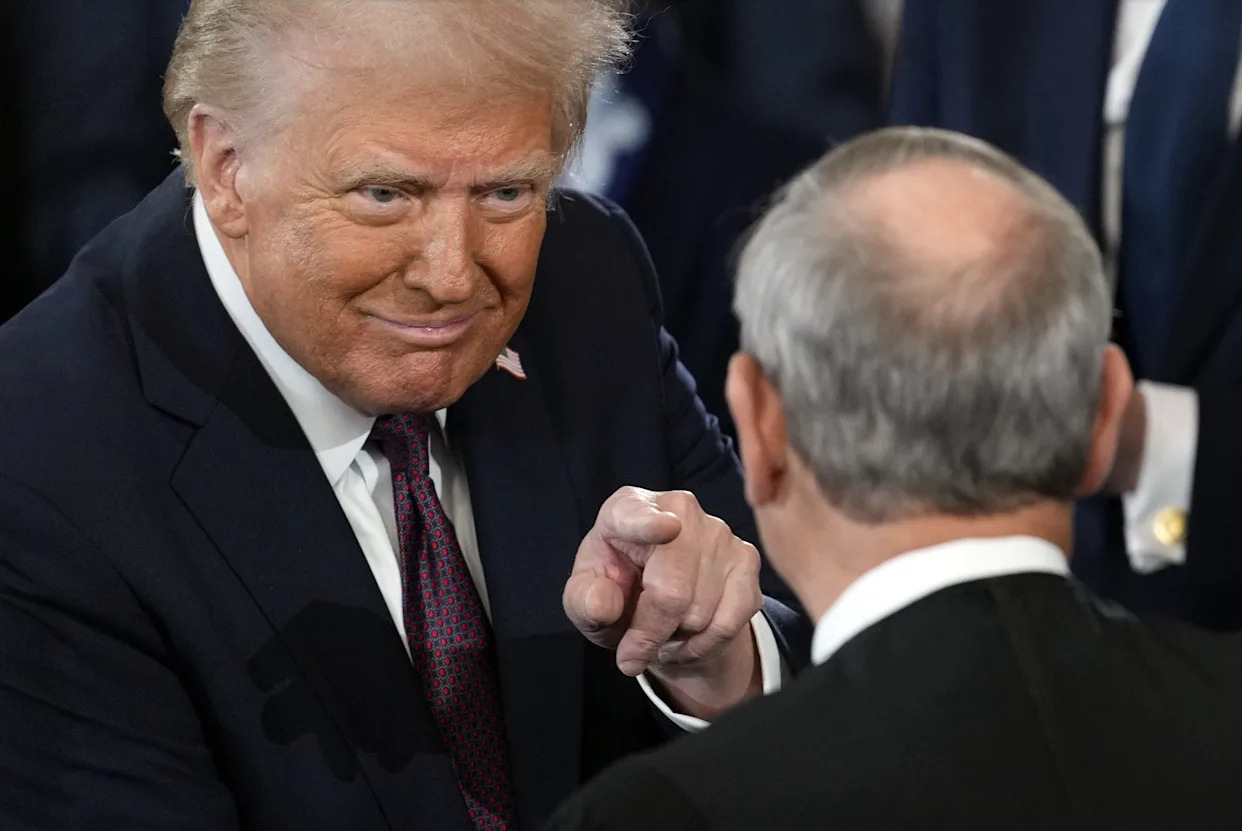
The six Republican justices have largely behaved as lickspittles to the leader of their political party. These are, after all, the same GOP political appointees who said that President Donald Trump is allowed to commit crimes.
Last May, however, the Court did appear to draw a line in the sand and warn Trump not to cross it. In Trump v. Wilcox, a decision that otherwise endorsed the proposition that Trump can fire leaders of independent federal agencies that are supposed to enjoy a degree of job security, the Court signaled that Trump may not fire leaders of the Federal Reserve.
Admittedly, the Republican justices’ explanation of why Fed leaders are protected is gibberish. The Court said that “the Federal Reserve is a uniquely structured, quasi-private entity that follows in the distinct historical tradition of the First and Second Banks of the United States” — whatever the hell that means.
One of the first major constitutional disputes in the United States involved a disagreement between Alexander Hamilton and Thomas Jefferson over whether Congress could charter a national bank. But that dispute did not raise the question of whether the president could fire bank officials.
In any event, we’re about to find out if the Republican justices were serious about this rare and arbitrary limit they placed on Trump’s authority. Because Trump, being Trump, has decided to test it. Late on Monday, Trump announced that he will remove Lisa Cook, a member of the Fed’s Board of Governors. So Trump is doing the one thing that this Court has said he may not do.
While Cabinet secretaries and most other federal agencies’ leaders serve at the pleasure of the president, the Federal Reserve is one of several agencies led by multi-member boards whose members may only be removed “for cause” by the president. This is because the Fed is supposed to make technocratic decisions about US monetary policy without being influenced by partisan politics.
If Trump controlled the Fed, or if he had the power to fire its leaders, he could order it to juice the economy at a politically beneficial time for him — even though doing so would do much greater long-term harm to the US economy.
The Republican justices, however, are all devotees of a legal theory known as the “unitary executive,” which claims that it is unconstitutional to give any federal agency leader protection from being fired by the president. In Wilcox, for example, the Court’s Republicans permitted Trump to fire members of the National Labor Relations Board and the Merit Systems Protection Board, two other agencies whose leaders are supposed to be protected from political firings.
Trump, for what it is worth, claims that his decision to fire Cook is legal because he is, in fact, firing her for cause. He alleges that she committed mortgage fraud by describing two separate properties as her primary residence, but this is an obvious pretext. Trump has raised similar allegations against several of his political enemies, including New York’s Democratic Attorney General Letitia James, and Sen. Adam Schiff (D-CA).
It is now all but inevitable that Cook v. Trump will reach the Supreme Court after Cook sues to retain her job.
The “unitary executive,” briefly explained
The unitary executive theory derives from a provision of the Constitution that states that “the executive power shall be vested in a President of the United States of America.”
In a 1988 dissenting opinion that many of the Republican justices now treat as a holy text, Justice Antonin Scalia wrote that this provision “does not mean some of the executive power, but all of the executive power” belongs to the president. And thus any federal official who wields power that is “executive” in nature must be fully accountable to the president and must serve at the president’s pleasure.
Even if you accept this basic principle, the Republican justices have often applied the unitary executive theory in haphazard and ahistorical ways. In their benighted Trump immunity opinion, for example, the Republican justices claimed that “investigation and prosecution of crimes is a quintessentially executive function” — and thus the president must have full control over all federal prosecutors. But the United States didn’t centralize federal prosecutions in the executive branch until fairly late in its history.
As law professor Jed Shugerman explained in a 2019 essay, prosecutions initiated by private attorneys were the norm “through the mid-nineteenth century” — although the Fifth Amendment still required these private lawyers to obtain an indictment from a grand jury before a federal prosecution could proceed. Additionally, “federal judges themselves led what appeared to be prosecutions during the Whiskey Rebellion of 1794.” Vestiges of this old system still remain. Current law, for example, gives federal district judges the power to appoint US attorneys under some circumstances.
The Federal Reserve exception to the unitary executive that the Court announced in Wilcox is another example of the GOP justices’ haphazard approach to presidential power. If “all of the executive power” must be vested in the president, then it shouldn’t matter that one particular agency is a “uniquely structured, quasi-private entity that follows in the distinct historical tradition of the First and Second Banks of the United States” (again, whatever the hell that means).
All of which underscores a recurring theme from these justices: The current Court’s unitary executive decisions do not appear to be a good-faith effort to interpret the Constitution; rather, it appears that they’re just about power. The Republican justices want Trump to be able to fire members of the National Labor Relations Board, and they don’t want him to be able to fire members of the Federal Reserve. The question presented by Trump’s decision to fire Cook is whether these justices will hold to that line, now that the leader of their political party seeks to erase it.
The Republican justices have a very good reason for their unprincipled decision to protect the Fed
While lawyers can only palm their faces in despair at this Court’s unitary executive cases, economists and investors will watch the Cook case with great interest, because the consequences of a decision permitting Trump to fire Fed leaders would be quite dire.
The Federal Reserve is supposed to maintain a very delicate balance when it raises or lowers interest rates. High interest rates strangle economic growth and depress employment, but they also reduce inflation. Low interest rates do the opposite. So, if the Fed sets those rates in the wrong place, it risks either mass unemployment or runaway inflation.
Nor do we need to imagine what could go wrong if the Fed succumbs to political pressure. In 1971, President Richard Nixon pushed Fed chair Arthur Burns to lower interest rates in advance of Nixon’s reelection race — the idea was to inject cocaine into the economy at the moment when voters were weighing Nixon’s economic record, and to let the pain come later. Burns complied with Nixon. The economy boomed in 1972. And Nixon won reelection in an historic landslide.
But the pain did come. Burns’s action is often blamed for years of “stagflation,” slow economic growth and high inflation, during the 1970s.
The Fed, in other words, has the power to temporarily boost the economy at the cost of much greater economic turmoil down the road. It’s not hard to imagine how presidents could abuse this power if the Supreme Court gives them control over the Fed.
So it’s not hard to see why even this Supreme Court is cautious about giving Trump the power to fire Federal Reserve leaders. The Republican justices may be zealous adherents to the unitary executive theory, but they also have stock portfolios.
Still, these same justices have shown all the backbone of a jellyfish when they are asked to impose literally any limit whatsoever on Donald Trump. So it remains to be seen whether they will hold to the completely arbitrary line they drew in Wilcox.
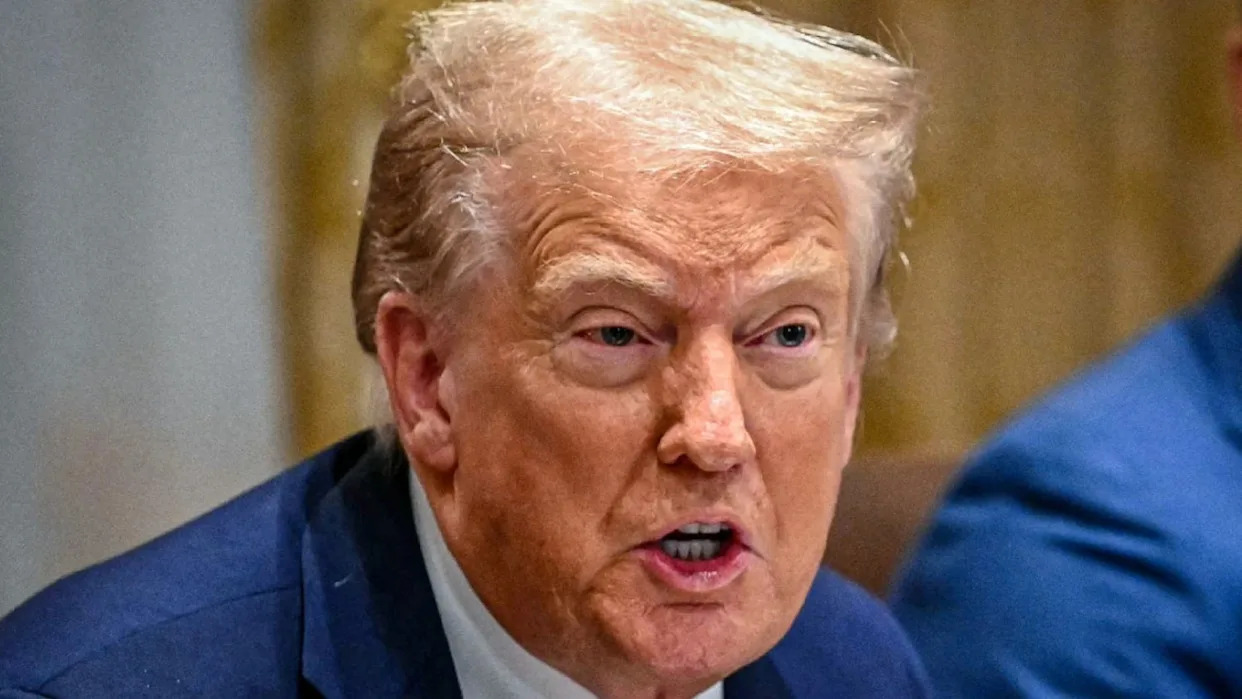

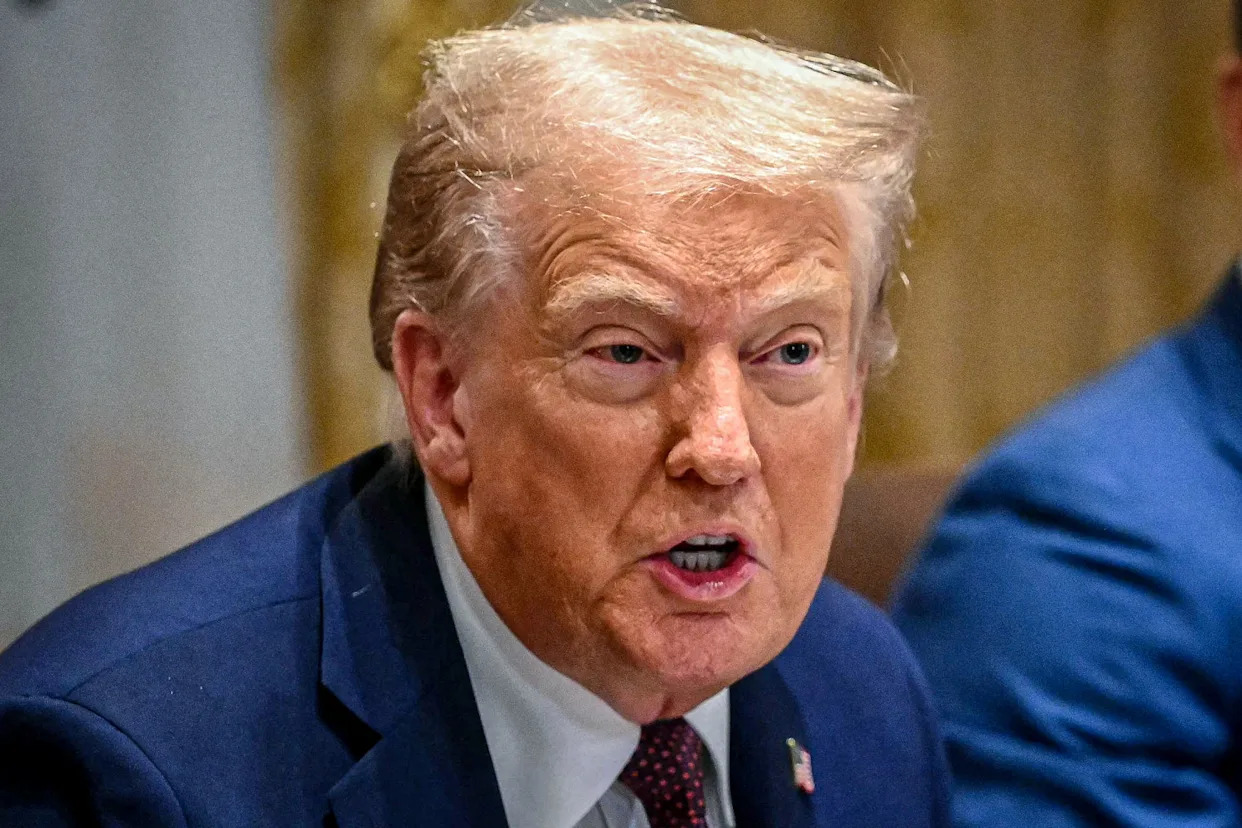
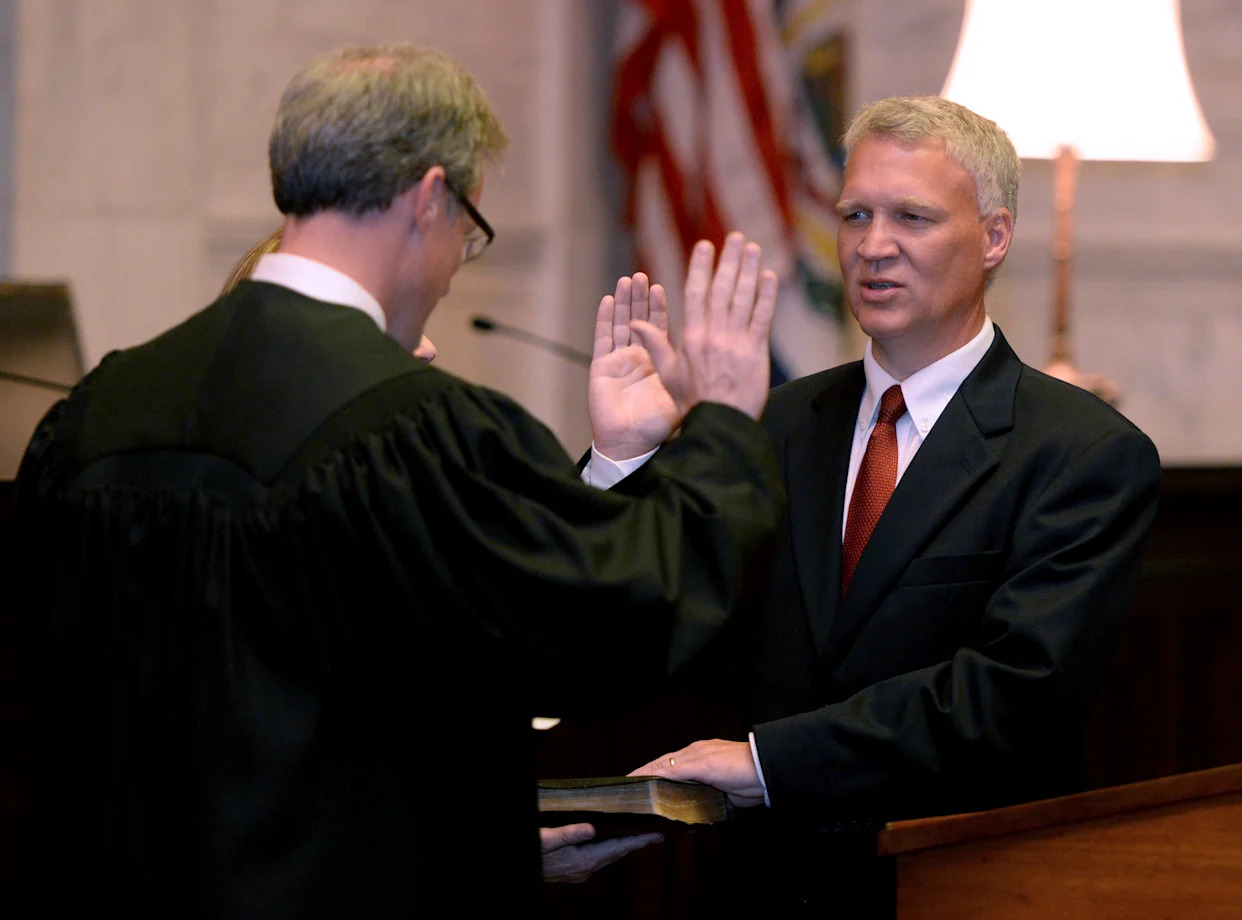

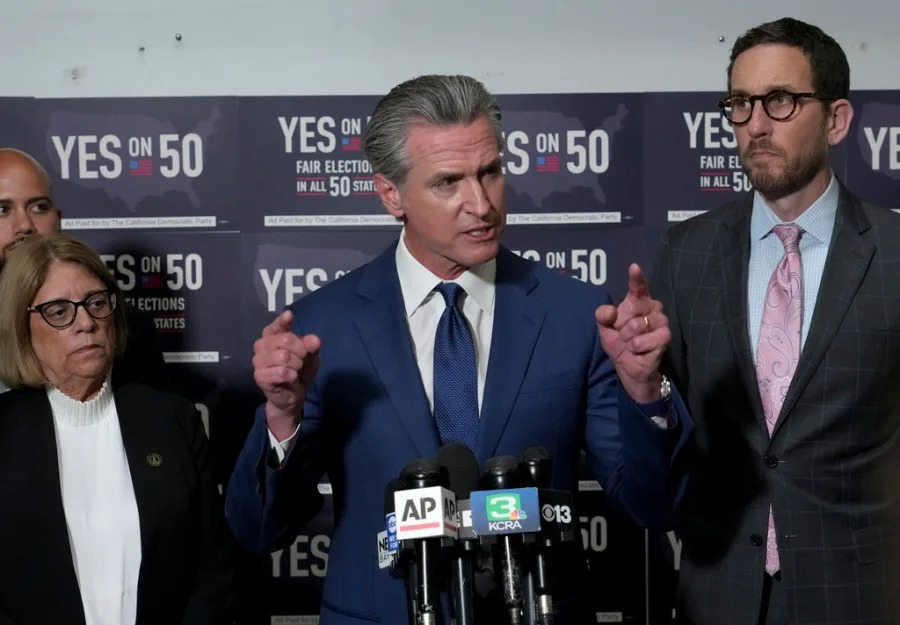
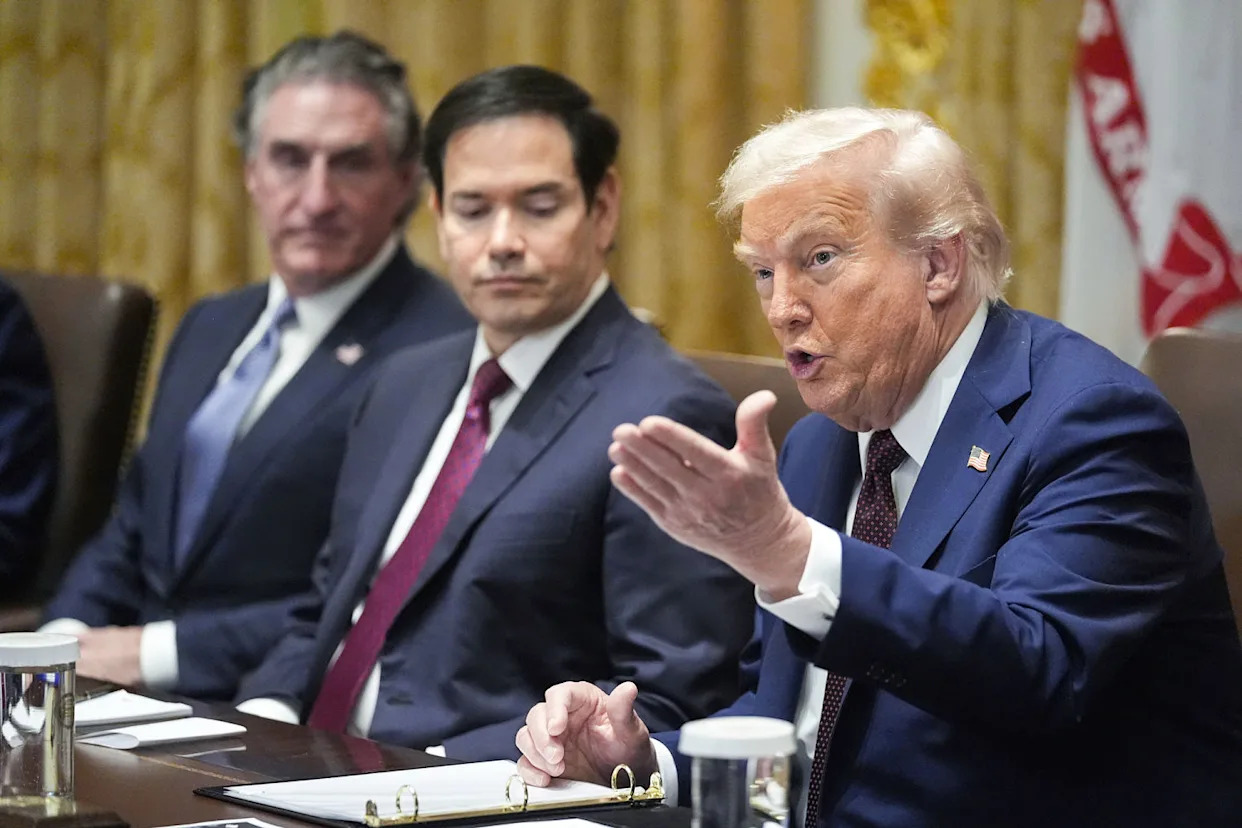
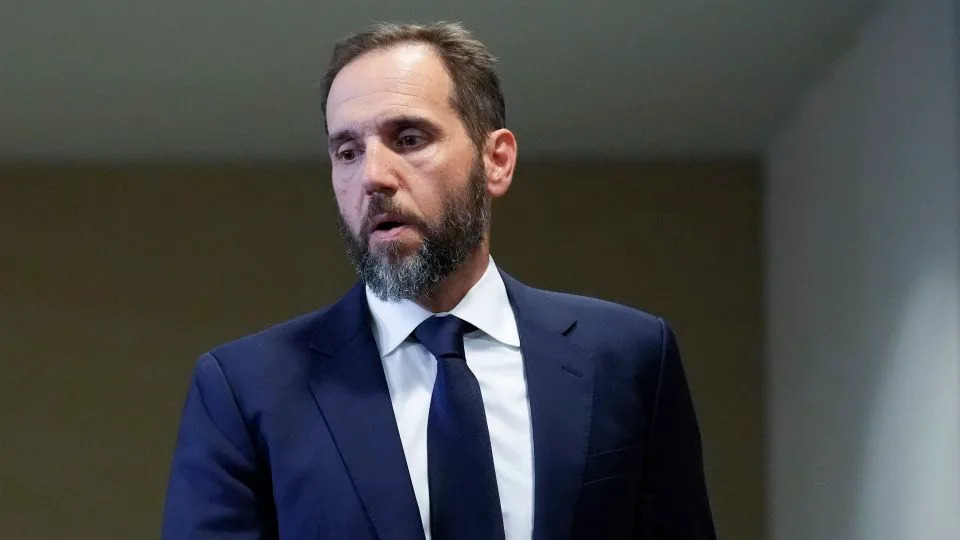
Comments